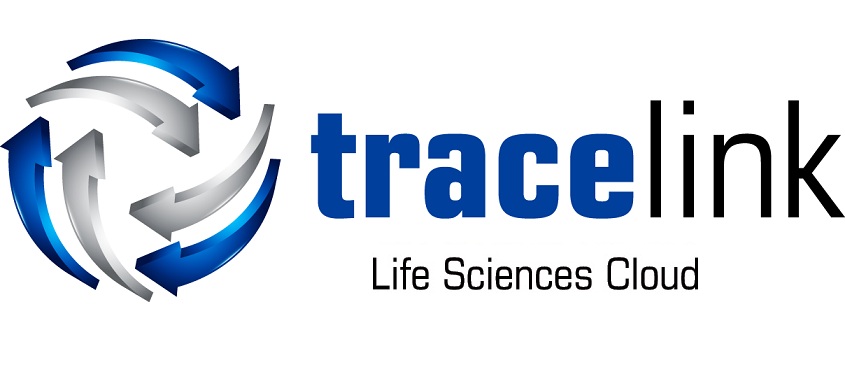Agile supply chains have distinct attributes that help manage vulnerability, disruptions and risk. Recent events demonstrate how valuable an agile process team approach can be to meet new global supply chain realities.
As the COVID-19 pandemic unfolded, there were warning signs everywhere that global supply chains were highly stressed. No supply chain felt that pressure more than the pharma industry.
Get ready for whatever is coming next
In today’s interdependent global pharmaceutical supply chain every step from excipient and ingredient sourcing to final drug product manufacturing to packaging and beyond represents a potential point of failure.
Disruptions to critical supplies and supplier data of all kinds demands a rapid response. Raw material shortages, misprojected lead times, logistic delays, release and regulatory issues are just a few of the daily disruptions that if not addressed, can seriously affect drug
supply reliability and supply chain security, as well as the financial prospects of the enterprise.
Over-compensating policy, underperforming strategy
In the past, pharmaceutical companies have tried to compensate for supply chain
disruptions by maintaining excess inventory as a cost of doing business yet this has done nothing to stem shortages which continue to rise.
The pandemic further demonstrated the weakness of this policy as eight to twelve months of
stock were depleted in days, not months, or deemed excess overnight as demand shifted to
other products.
Early detection of issues is a central tenant of supply chain agility. It’s simple to understand that the sooner issues are identified, the sooner they can be dealt with. Anything that might potentially prevent or stop production in a pharmaceutical manufacturing
setting can have a tremendous negative impact that can carry all the way to the patient.
Capabilities of agile supply chains
In a webinar with TraceLink, Hau Lee, a professor at the Stanford University School of Business noted that “Great companies create supply chains that respond to sudden and unexpected changes in markets. Agility is critical because in most industries both demand and supply fluctuate more rapidly and widely than they used to.” He also pointed out that most supply chains cope by playing “speed against costs,” but explains that agile companies respond both quickly and cost efficiently.
For decades, the term agile has been used to describe the trend toward more flexible and responsive supply chain operations in consumer and hard goods manufacturing. As mentioned, agile supply chains can detect and respond to disruptions immediately and recover quickly from major shocks.
Integration and Collaboration Are Key to Achieving Agility
When things change in your supply chain, how quickly can you respond and react to it? How quickly can your supply chain partners react – your supply chain is only as good as the weakest supplier.
The answer to this question is usually tied to how tightly integrated you are with your suppliers and trade partners. Partner integration and supplier collaboration are major challenges faced by companies across the pharma supply chain and come to
light most visibly when a disruption occurs.
Today, much of the communication is done through emails and phone calls. Mistakes happen because teams aren’t empowered with the accurate and actionable information they need. Many teams lack common shared truth to operate from.
Yet, we are in the age of digitalization. So, what if all these processes could be digitalized, and teams from across functions, companies and an entire network could work together as a cohesive, collaborative team in a shared multienterprise application, accessing data from one single source of the truth.
The result? Supply management team members can respond rapidly and operate as a cohesive team. Incidents will be identified immediately, before causing any disruption to the supply chain. There will be visibility and transparency at the executive management level, all the way down to what’s happening on a minute-by-minute basis.
The role of multienterprise work management application in Agile Supply Chains
Built on top of a network platform, multienterprise work management applications enable everyone to participate in shared work. These applications can be created within various network ecosystems and customized based on the business processes, integrating cross functional team members with their counterparts at supply chain partners.
For example, as demand changes, team members can immediately initiate a collaborative process with internal team to determine the impact of this change and pull supply partners into the collaborative thread. With multienterprise work management applications, all of this can be done at digital speed, allowing team members to close out the change request within minutes or hours, instead of days, with clear knowledge of exactly what decisions were made.
Multienterprise work management applications can provide supplier management teams:
Awareness – the ability to quickly detect changes, opportunities and threats.
Real-time data access—the ability to quickly find and share relevant data sets.
Actionable information— access to robust data and analysis allows for decisive business decisions.
Flexibility—the ability to use data to adjust or correct processes.
Competency—the ability to manage processes accurately and effectively for better business outcomes.
Long-run value contributor
Multienterprise work management applications can contribute -to a company’s overall performance and business goals by enabling continuous process improvement.
For a pharmaceutical manufacturer with $500 million in annual revenue and a further $250 million in costs of goods and services, long-term process improvement can represent significant cost avoidance and revenue loss due to:
Shipping delays and costs – A 10% to 20% reduction in shipping delays can save as much as $2,000 daily in related expenses.
Excess work in process inventory – A 15% to 40% reduction in lead times can reduce costs associated with carrying this inventory by as
much as $700,000 per day.
Quality excursions and quality threats – With right the first time quality, a reduction in defects can represent as much as $1million in avoided recall associated costs.
With a renewed interest in digital transformation, there will be an ongoing opportunity to identify better ways to work with your suppliers. Start with the most strategic supplier. Start with the most important product areas. Build out those teams. Get them connected through a multienterprise work management application running on an industry-wide digital network.
The time is right for agile supply chain collaboration
The foundation for the collaborative infrastructure needed to build a more agile supply chain is rapidly falling into place for pharmaceutical supply chain, with information-sharing networks already in place to meet track and trace regulations.
Multienterprise work management applications are laying the groundwork for the digitalization of the pharmaceutical supply chain to enable real-time data exchange and shared decision making. The foundation is ready for pharma supply chain leaders to take the next step is creating a more agile and resilient supply chain for the global medicine supply.






















